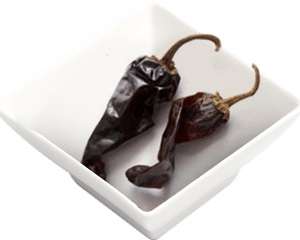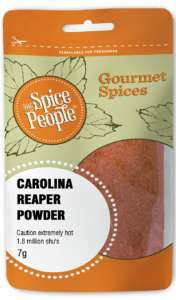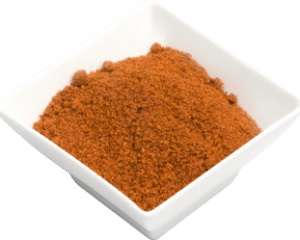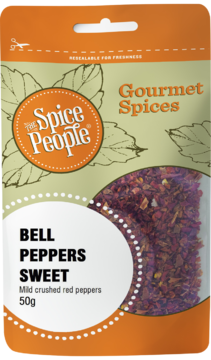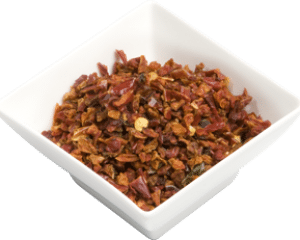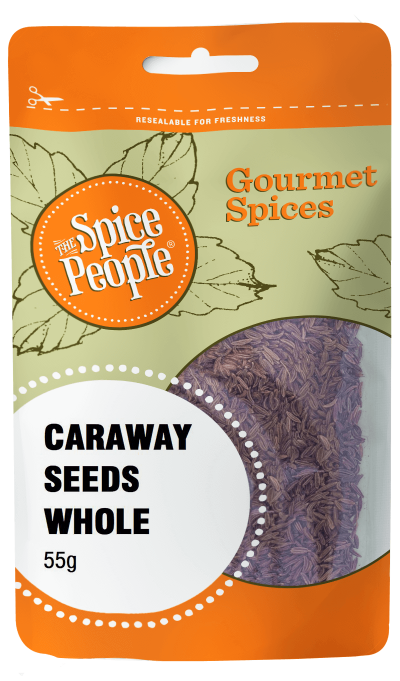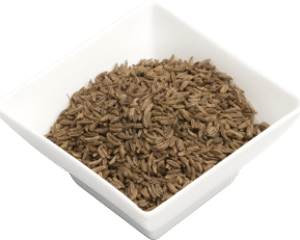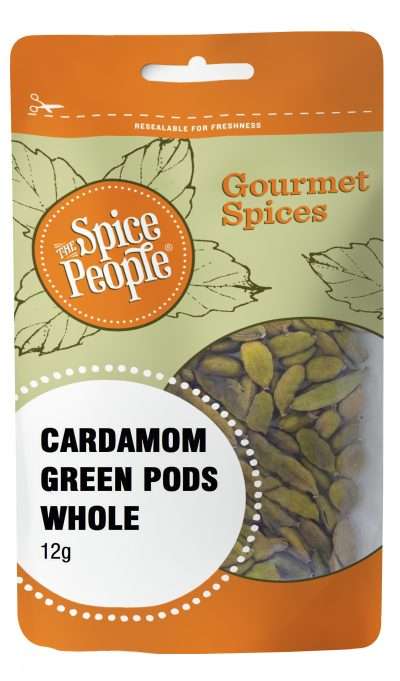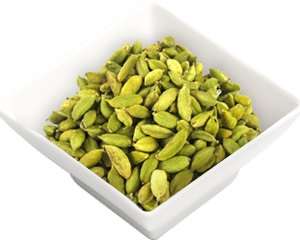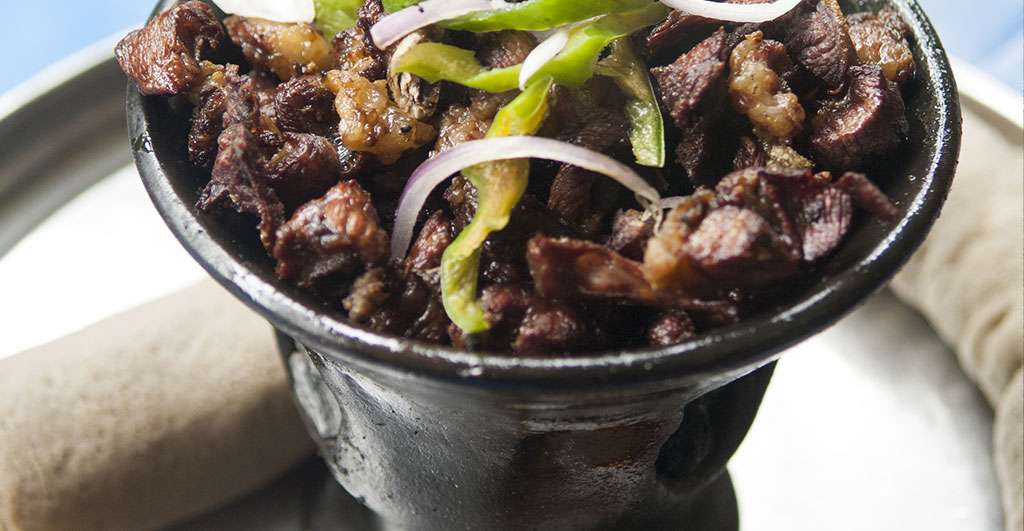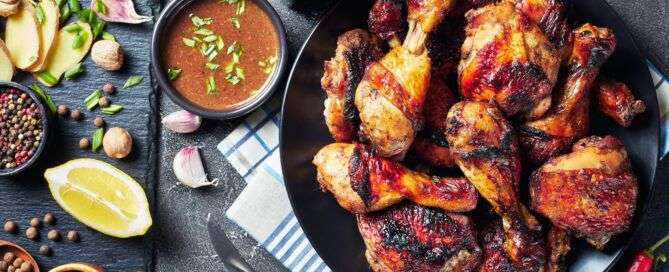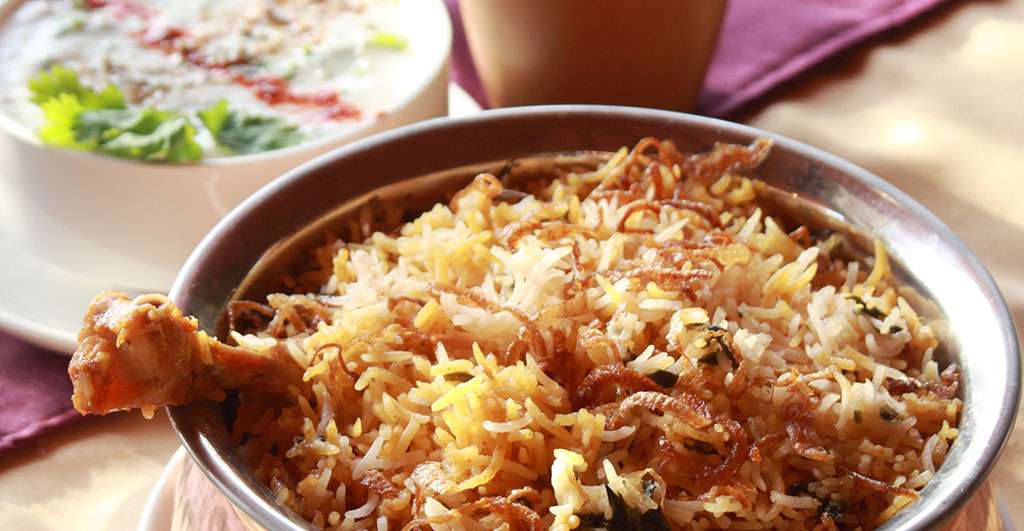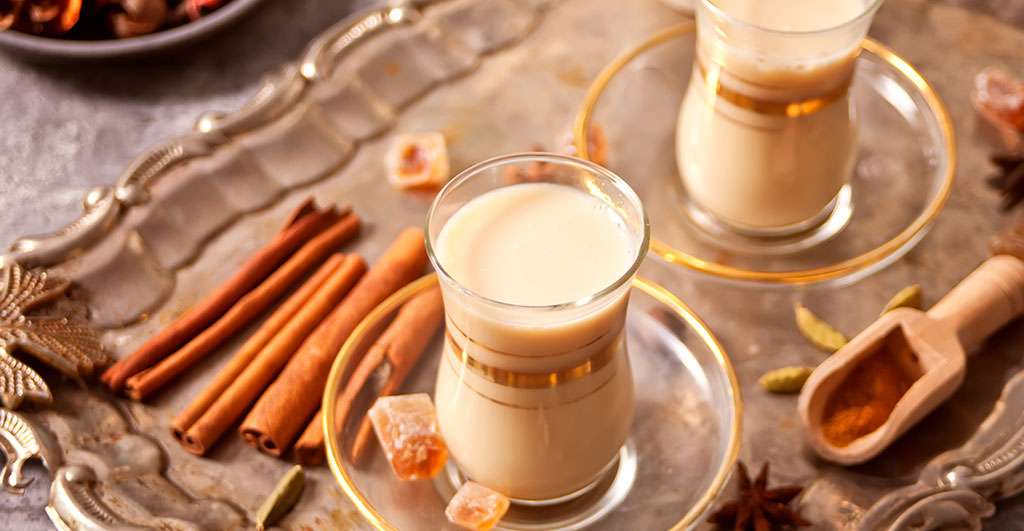Chile Pasilla Negro Whole – 22g
81 in stock
Product description
Pasilla Chilli is the dried version of the Chilaca Chile. Its name is derived from the word “Pasa” in Spanish, and means “little black raisin”. It is one of the most popular Mexican chillies. It has a wrinkly, long, purple pod, with reddish overtones similar to ancho chilli peppers. It has a herb-like aroma and liquorice notes and is considered a chilli with mild heat. It is not only a key ingredient in the Mexican cuisine for making the “mole” sauce along with the Ancho and Mulato chillies but also is great for making any kind of sauce.
Flavour Notes:
Similar to the Ancho Chilli, the Pasilla Chilli has a herby aroma with liquorice notes and a mild heat.
Culinary Notes:
Combined with Mulato and Ancho chillies, it is one of the key ingredients in Mexican mole sauce. Use dry or rehydrated to add an authentic Mexican flavour to many dishes and sauces.
Health Benefits:
All chillies – including Pasilla Chilli – contain capsaicin, which has many health benefits, including boosting the immune system, eliminating inflammation and aiding weight loss. Also, it helps with arthritis, cardiovascular disease, gastric ulcers, vascular headaches, infections and respiratory conditions.
Ingredients:
100% dried Whole Pasilla Chillies
How to use:
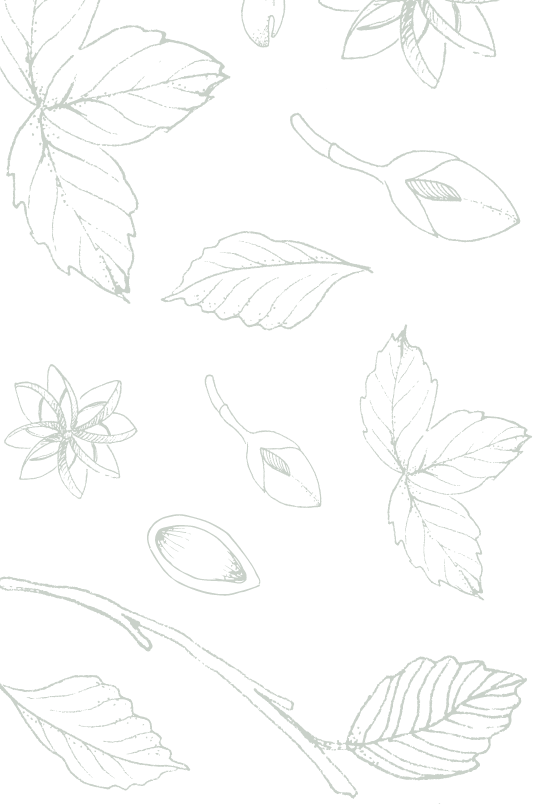
The Spice People FAQs


The Spice People FAQs

Other Spices you may like
Featured in



Join the Spice People to Get Started on Your Culinary Spice Journey!
Be the first to hear about our exclusive promotions, new product releases, recipes and more.

